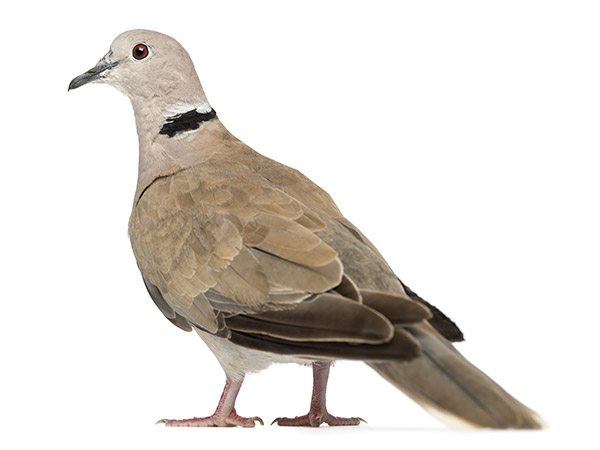binomial nomenclature
common name
Turdus merula
Blackbird
Its natural habitat is the forest, but it has adapted to go around many environments, such as orchards, parks and gardens, because it’s not afraid of humans.
The male is bright black, with a shining yellow-orange beak, the female instead, has brown plumage.
It mainly feeds on fruits, berries and small invertebrates.
The nest is built by the female, on the branches of the trees and between the bushes.
Listen to the singing
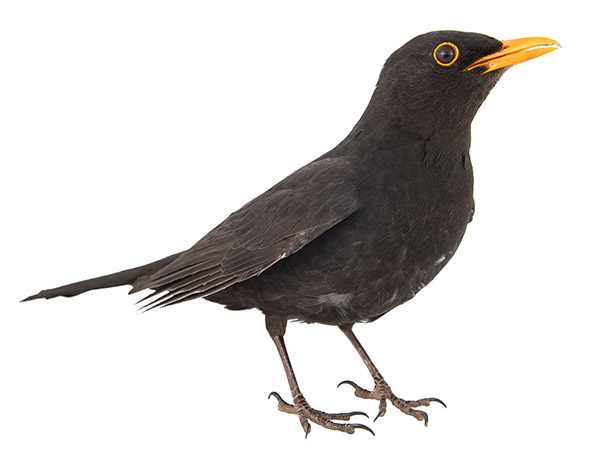
binomial nomenclature
common name
Fringilla coelebs
Chaffinch
It is one of the most common European birds, resident both in urbanized areas and in open country, provided there are bushes and trees.
Male has a more brightly colour than female, but both sexes have two contrasting white wing bars and white sides to the tail, highly visible during the flight.
It mainly eats fruits and seeds, but during the reproductive period, it feeds also on invertebrates.
The nest, very well hidden, is built on the trees and in the bushes.
Listen to the singing
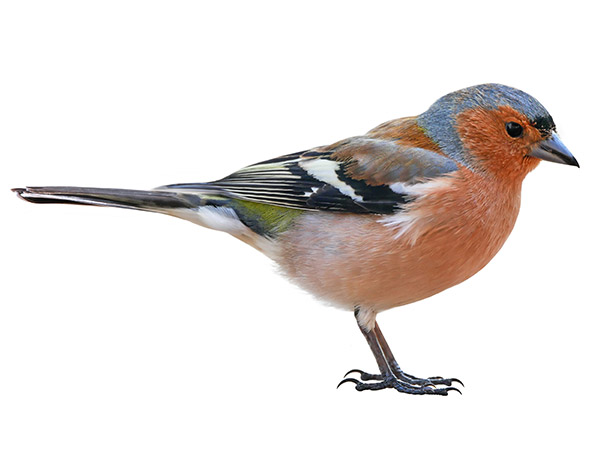
binomial nomenclature
common name
Cyanistes caeruleus
Eurasian blue tit
It mainly lives in the hilly and flat woods, but is also a usual visitor of orchards and gardens.
It has an exceptionally lively plumage, with shades of blue, sulphur yellow, white and black.
The blue tit is a mainly insectivorous bird, between its preferred prey are the aphids. In winter, it feed also on seeds, berries and fruits.
It nidifies in the hollows of trees, in the crevices of the walls and in the artificial nests; utilizes also the same nest year after year.
Listen to the singing
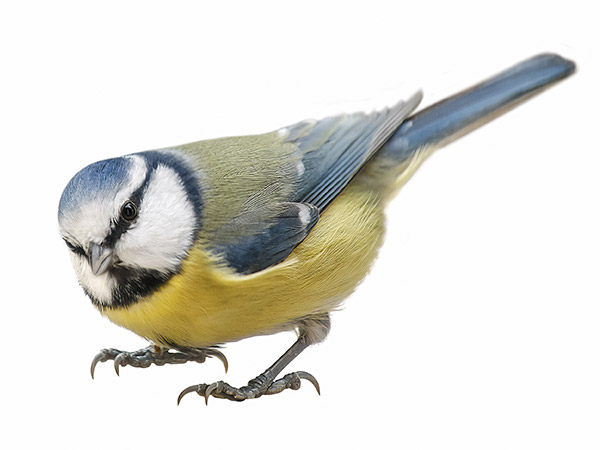
binomial nomenclature
common name
Parus major
Great tit
Living on the edge of woods, orchards, fields with rows of trees, gardens and urban parks. It’s a distinctive bird: has black head and neck, with prominent white cheeks.
The great tit is a hungry insectivorous, but likes very much seeds, fruits and berries too, accepts in addition the food offered by man in mangers.
Great tit nidifies in the cavities of the trees, of the walls and in the nest boxes.
Listen to the singing
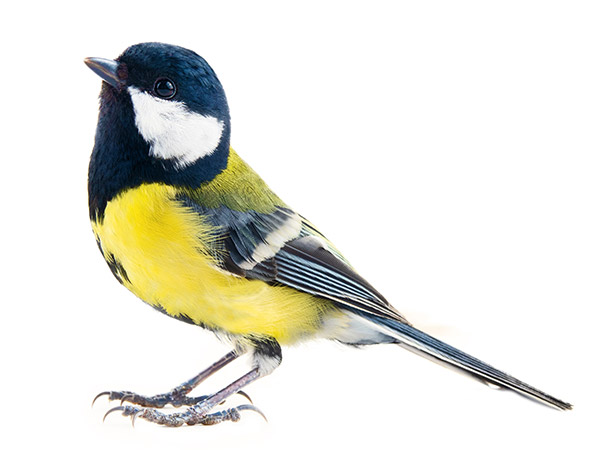
binomial nomenclature
common name
Passer domesticus
House sparrow
It’s a species strongly associated with human settlement, and can live in urban or rural settings.
Plumage with grey-brown shades, the female differentiates from the male for the black throat.
Especially granivorous, it mainly feeds on cereals, mostly wheat, but does not despise fruits and invertebrates.
It nidifies in the hollows and cracks of the buildings but also on rocks and cliffs, more rarely between the branches of the trees.
It is not rare to see its nests combined to those of other species of Passeridae.
Listen to the singing
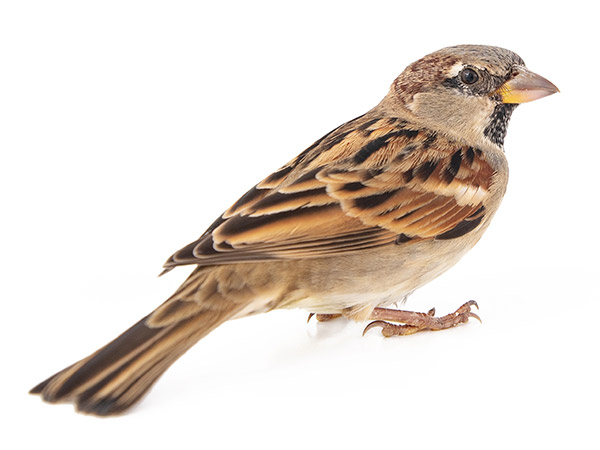
binomial nomenclature
common name
Carduelis carduelis
Goldfinch
It prefers the orchards, the vegetable gardens, the lawns close to the houses and can be found in great volume in the groves and in the parks.
Goldfinch has a bright plumage colouration: black head, red face, white cheeks, beige body, black wings streaked of yellow.
It feeds mainly on seeds (the thistle ones are its preferred), which it breaks thanks to its robust beak.
The nest is usually built at an average height, at the ends of the branches of firs and other conifers, or on fruit trees.
Listen to the singing
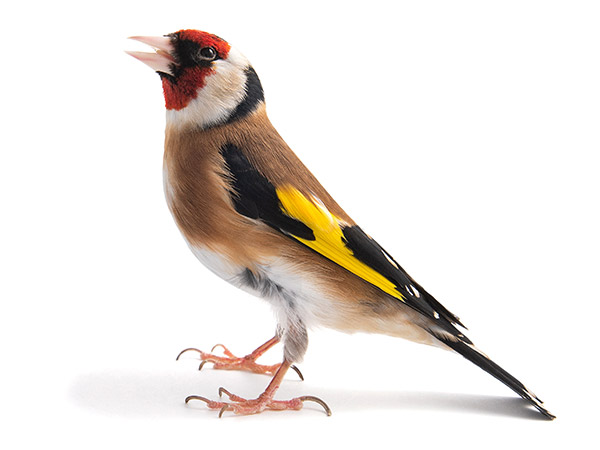
binomial nomenclature
common name
Dendrocopos major
Great spotted woodpecker
Can be found in forests of conifers and in hardwoods, in the wooded countryside and in the city parks, but it does not despise even the gardens.
The male differs from the female due to the visible red spot on the neck.
Mainly insectivorous, it catches its preys putting the long tongue in the galleries it has dug into the wood with the beak. In autumn and winter, it feeds also on fruits, berries and seeds. For example, it fit in pinecones and hazelnuts in a space of the bark, then, with hits of the beak, pulls out and eats the seeds.
The woodpecker nidifies in hollows dug in the trunk of the trees.
It can also use nests and mangers provided by the man.
Listen to the singing
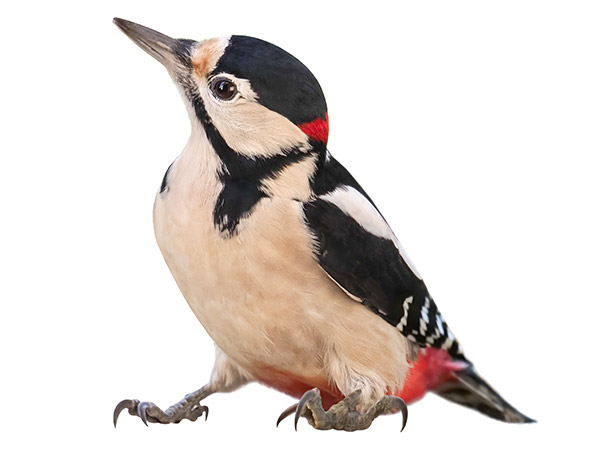
binomial nomenclature
common name
Carduelis carduelis
Starling
It is probably the most common passerine in the world. Able to suit to different environments, visits plains, hills, cultivated countryside, and urban areas, where he takes refuge in the evening with hundreds of mates, creating "group dorms".
Starling has glossy black plumage with a metallic sheen, characterized by violet-green reflections and white spots.
Opportunist species, it feeds on a wide variety of food: insects, seeds, berries, fruits, amphibians, and also of waste thrown by the man.
The starling nidifies in the cavities of trees or rocks, in the crevices of the buildings and on the roofs of the houses, among the tiles.
Listen to the singing
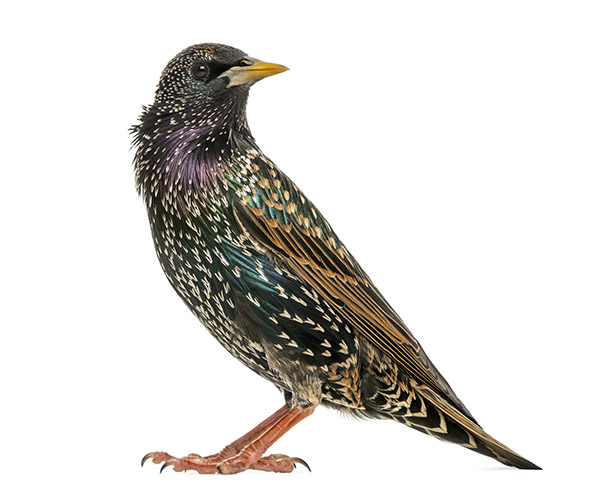
binomial nomenclature
common name
Pica pica
Magpie
It visits cultivated countryside, thickets, parks, and degraded zones, even without vegetation, but it can be also found in the cities, where it aims to occupy the outskirts or the suburban areas.
The plumage of males and females does not differ, both are characterized by a white and black colouration, with reflections ranging from grey to metallic green.
The magpie feeds on fruits, spiders, insects, carrions, but also on eggs and nestlings of other birds. The nest, made up of intertwined twigs and mud, is built on the top of tall trees; it does not use nest boxes supplied by the man.
Listen to the singing
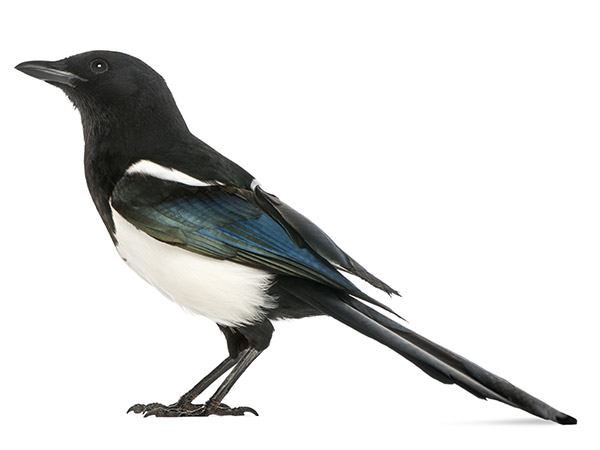
binomial nomenclature
common name
Streptopelia decaocto
Eurasian collared dove
It is a typical guest of towns, easy to observe while drinking from the troughs of farm animals and from the fountains of the gardens, can be found also in the cultivations, especially for the alimentation.
The collared dove has a pale beige-greyish livery, with a characteristic black collar (that’s the reason for the name).
Its basic diet is seeds, but it also feeds on fruits, herbs, insects and other small invertebrates. It builds the nests, rather rough, especially on trees and shrubs, but often also on artefacts such as metal pillars, scaffolding, sheds, etc.
Listen to the singing
